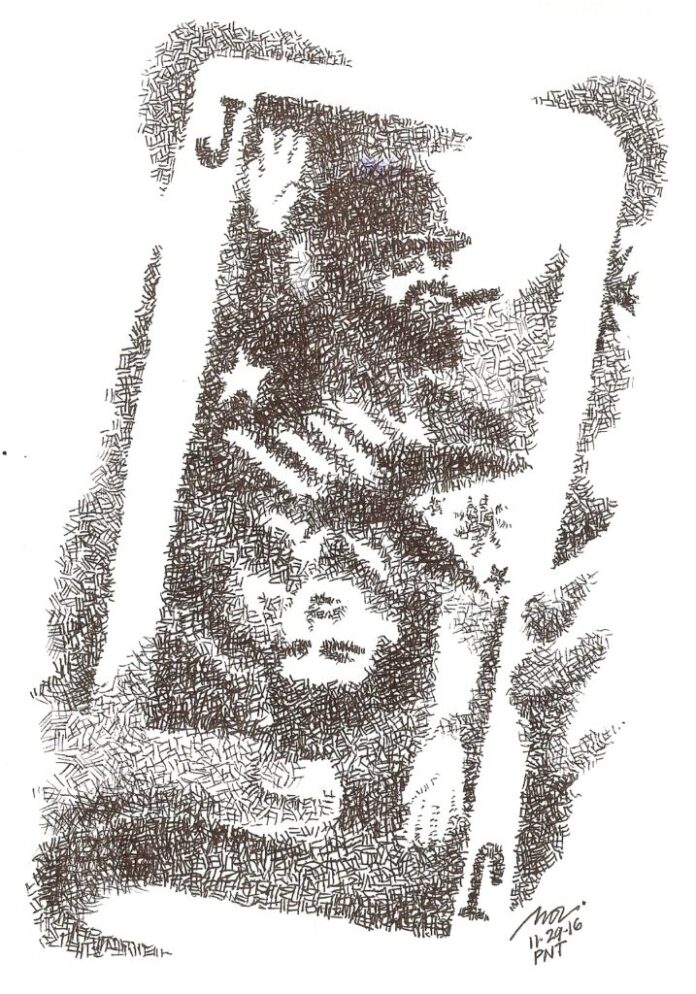While anti-Marcos and pro-Marcos groups in the Philippines were going mano-a-mano whether or not the burial of former president Ferdinand Marcos at the Libingan ng mga Bayani was moral, lawful or acceptable, Fidel Castro, Cuba’s strongman, died quietly in his native Havana. The former president died of natural causes and was immediately cremated.
While most reactions were of praise, with the exception of government officials in Denmark, France, Germany, New Zealand, the United Kingdom and the legislature in the United States, many Cuban-Americans in Miami, Florida celebrated the occasion, most of whom fled the country when Castro took over, after he, his brother Raúl, Che Guevara and 80 others set sail from Mexico in 1956 to begin what became the Cuban revolution to oust the U.S.-backed Cuban dictator, Fulgencio Batista. Because of this, the US became his worst enemy, and Castro garnered a spot in the infamous roster of dictators that included Muammar Gaddafi, the Shah of Iran and Marcos.
There is so much to say about the similarities and difference of Castro and Marcos. Both rose in office in different ways – the first, a revolutionary who wanted to change the way Cuba was run by a dictator, and who himself became one in the end; the latter, a statesman, former senator and political prodigy who became a dictator and was ousted by a peaceful revolution. Castro was a staunch fan of Marx and Lenin, while Marcos was an American in political policy – a believer in democracy, albeit, his own brand of it. Under Castro’s administration, Cuba became a one-party socialist state, industry and business were nationalized, and state socialist reforms were implemented throughout society. Marcos’ similar ventures such as The Green Revolution, made the Philippine a primary cultivator of the IR-8 hybrid rice, and exported US$7 million of rice and became self-sufficient for the first time in history in the early 60s and 70s. He implemented reforms in business, education, housing, infrastructure, agriculture and primary health care, building seven major hospitals such as the Heart and Lung Centres, where foreign doctors would come and study with Filipino doctors. All of this under his “dictatorship”.
Both dictators, nevertheless, were also guilty of mass murder, freedom thwarting and illegal arrests. That’s what dictators do when people start to complain. Castro and Marcos both failed at congeniality, although the latter was certainly more charming than the former, to the point of comparison to Adolf Hitler’s charisma. In the end, both were mortal, and while Marcos passed away in 1989, Castro waited out a little longer. Marcos remained “active” in the Filipinos’ minds because he was awaiting the chance to be buried as a hero, a claim he made even before he became president. Castro wilted away, battling old age and illness while his brother took over Cuba.
In the end, both men were buried in a heroes’ cemetery in the same year, one more controversial than the other.
As this generation pretends to be an expert on everything, because the internet says so, the world buries two former leaders, reduced to ordinary men in the end just like the rest of us, and who will slowly fade into oblivion because of a historically ignorant, morally inept, and culturally shallow world.



